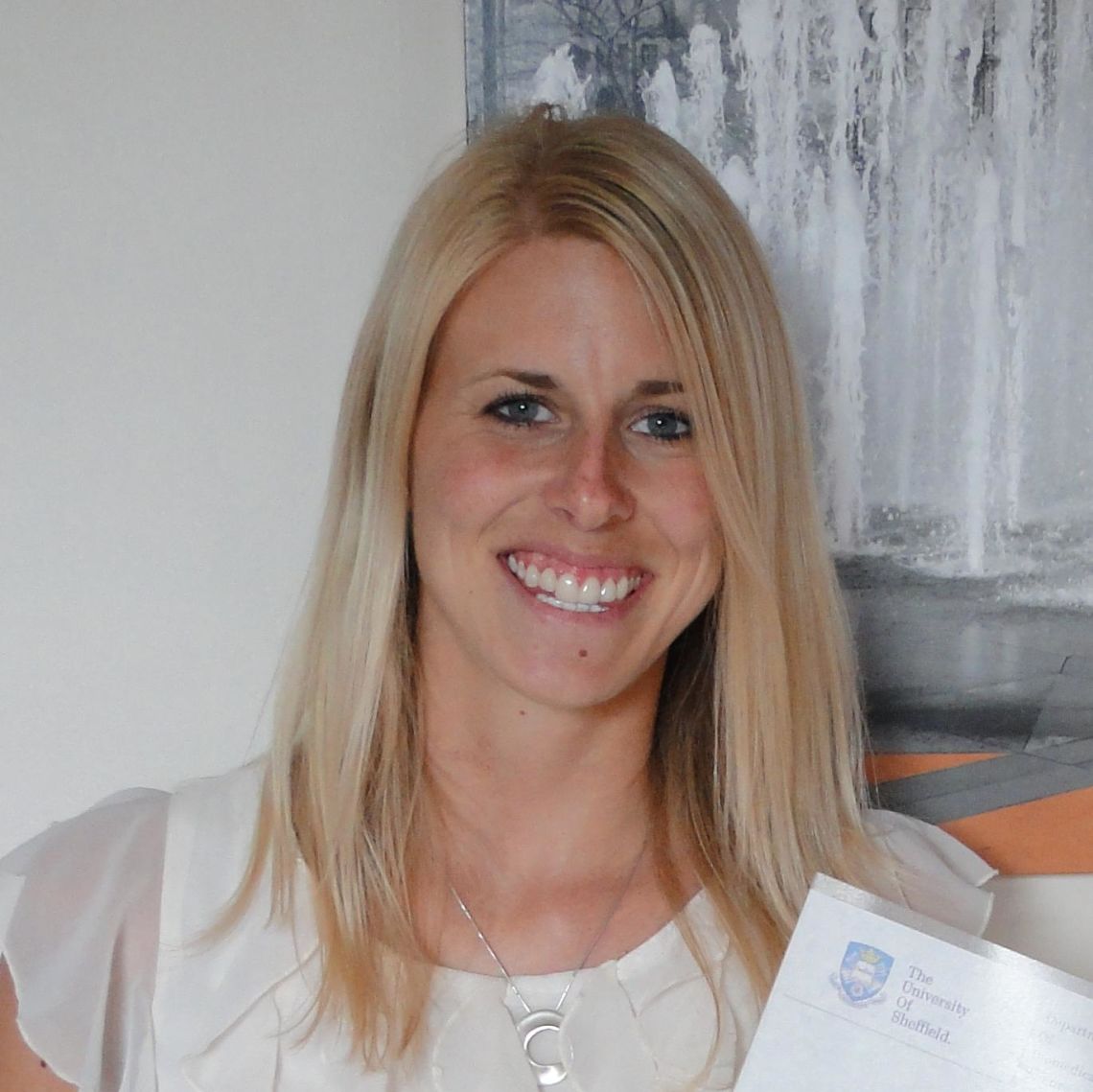Project title: Investigating the role of gata6 in adult zebrafish heart repair
Supervisors: Prof Roger Patient (Oxford) and Dr Rebecca Richardson (Bristol)
Biography
I did my undergraduate degree in Biomedical Science at the University of Sheffield. My Master’s year was heavily focused on developmental biology, which sparked my interest in the topic. I then spent 2 years in London working as a Commissioning Editor for the company Future Science Group, where I had the fantastic opportunity to get insight into cutting edge science. I worked on two cardiology journals and found it to be a really interesting area of medicine. This programme is a perfect combination of my interests; developmental biology/regenerative medicine and cardiology. I have really enjoyed the structure of the programme. We were given a huge amount of freedom to choose the three projects for the year and it has been so helpful to spend a little time in each lab, working on different topics and with different model systems, before having to make a decision about a final project.
I did my first rotation in the Sir William Dunn School of Pathology, with Professor Paul Fairchild. The aim of this project was to investigate a potential means to induce tolerance in dendritic cells derived from induced pluripotent stem cells to assist in the treatment of the lysosomal storage disease, Pompe disease. This provided great experience in cell culture and flow cytometry. I also designed and constructed sgRNAs in preparation for the use of the CRISPR/Cas9 system to target the CD40 gene in human induced pluripotent stem cells as a rational approach to the production of tolerogenic dendritic cells.
My second rotation was in the Department of Physiology, Anatomy and Genetics, with Professor Paul Riley. Previous work in the lab investigating the development of cardiac lymphatic vessels revealed ectopic blood-filled vessels in the skin and hearts of Tie2-Cre;Prox1fl/fl mutants. The aim of my project was to investigate these vessels further and to establish whether the phenotype is blood-filled lymphatic vessels or hyperplastic blood vessels. To do this, I received training in a number of valuable techniques including embryo dissection, preparation of tissue for histology, genotyping, whole mount immunofluorescent staining and confocal microscopy.
My third rotation was in the Weatherall Institute of Molecular Medicine, with Professor Roger Patient. I decided to stay in this lab for my full DPhil, and the title of my project is ‘Investigating the role of gata6 in adult zebrafish heart repair’.
Unlike humans, zebrafish can fully regenerate their hearts after injury. By identifying and characterising the genes important for zebrafish heart regeneration, we hope to learn how to replace lost cardiac tissue in patients. In zebrafish, cardiac regeneration is thought to require at least in part, reactivation of foetal gene programs. A known key regulator in cardiomyocyte lineage commitment and differentiation is gata6. It has previously been demonstrated in Xenopus that gata6 overexpression holds embryonic myocardial cells in a precursor state, but once normal levels are resumed, development continues, but the myocardium is thicker. In the adult mammalian heart, gata6 is known to be re-employed to mediate cardiac hypertrophy. Although gata6 has a known role in cardiogenesis, proliferation and hypertrophy, little is known about its role in cardiac repair and its value as a therapeutic target should be further investigated. To understand this role, its expression pattern and the identity of expressing cells need to be characterised. A strategy to create a transgenic line to inducibly and conditionally knock-out gata6 in the adult zebrafish has also been devised. This will enable modulation of gata6 expression at various time points before and after injury, allowing interrogation of the role of gata6 during heart repair. A second strategy will also be employed: Using ATAC-Seq data from cardiomyocytes taken from both embryonic hearts and adult injured hearts, it will be possible to investigate putative enhancers of gata4, 5 and 6 genes in the developing embryo and the regenerating heart. Using these two strategies, I hope to begin to uncover mechanisms that may be employed to augment repair after cardiac insult in zebrafish.
Undergraduate degree: Biomedical Sciences, University of Sheffied
Studentship dates: October 2014 - September 2018


